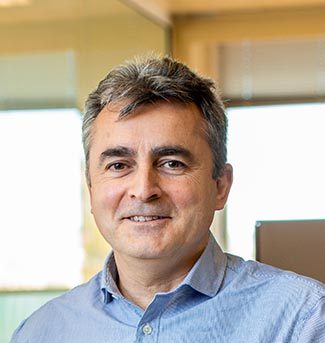Digital Anatomy Printer
AIJU was the first company in Europe to implement a state-of-the-art Additive Manufacturing technology that makes it possible to “treat, process and obtain replicas of real organs and their specific pathologies based on a three-dimensional model created from a Tomography (CT) or Magnetic Resonance (MR)”.
This manufacturing technology, which goes by the name of “Digital Anatomy Solutions”, makes it possible to replicate the shape and texture of anatomical models with ultra-realistic precision, thereby allowing expert medical staff to carry out a rigorous clinical evaluation, as they will have a higher level of detail and spatial vision, even in the case of a specific pathology. Moreover, it is possible to apply the technology to analysis, education or training applications derived from real clinical cases without the need to act on the actual patient.
This technology has been developed to address the medical limitations that traditional 3D printing technologies were unable to handle. This is why AIJU is making this tool available to hospitals, health innovation organisations and medical faculties: it will greatly improve the quality of the specific models that are obtained for training or clinical simulation purposes or indeed for any other application that requires a specific haptic.
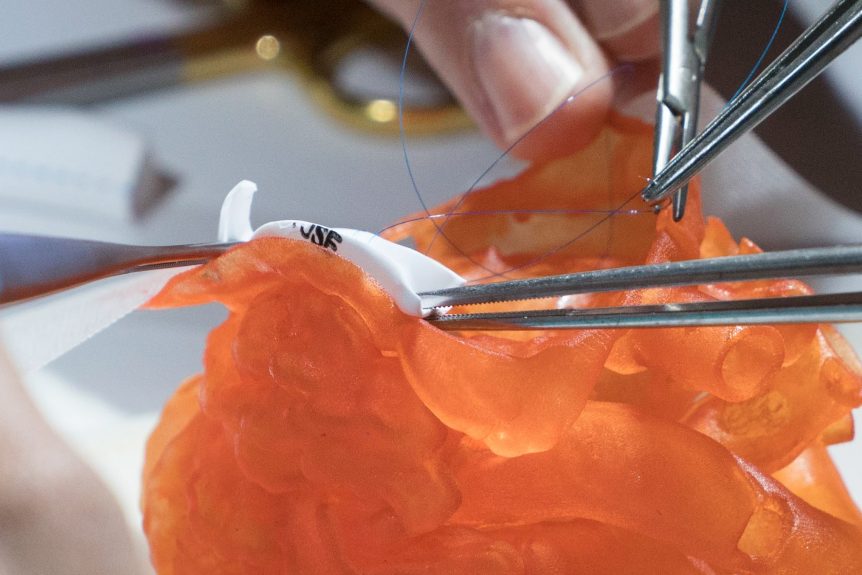
The service involves obtaining highly functional biomodels that are designed to simulate organ tissues and are able to simulate the appearance of bone, soft tissue, blood vessels or vascular structures; all this will improve pre-surgical and training processes and/or any other process that may arise in the medical field or in other areas that require materials with a specific feel or optics.
This technology and its range of materials can solve the following challenges that hospitals and suppliers of medical devices have to face:
- Practical training outside the operating rooms
- Obtaining specific pathologies (which are not usually available in corpses) that make it possible to display consistent, real and detailed results
- Reducing operating room times and associated costs to a minimum, as well as expensive medical device validation processes
- Improving the degree of expertise required in non-routine interventions, and increasing their success rate
- A reliable contribution to identifying the optimal procedure for complex medical processes
To this end and for some time now, Stratasys©, the supplier of the materials and the technology that are to be used, has been developing its technology in collaboration with doctors and other health professionals in order to define and adjust the properties of its materials in such a way that they reliably simulate the appearance, behaviour and textures of different organs of the body. As a result, starting from three different types of resins and their combination, it is possible to reproduce different parts of the human body, their volumetry, aesthetics and behaviour to the touch, including the different types of tissue that go to make them up. The following validations have been performed to date:
- Blood vessels: In collaboration with doctors, researchers, engineers and entrepreneurs, the Jacob Institute (Buffalo, New York, USA) has carried out complex 3D-printed neurovascular models for the treatment of cerebrovascular diseases such as strokes and aneurysms.
- Bones: The DePuy Synthes Spine Institute (Raynham, Massachusetts, USA), part of the J&J family of companies, offers spinal models ranging from a complex anatomy, such as a scoliosis with vertebrae, discs and nerve roots, to a healthy spine.
Soft Organs: SickKids, the Hospital for Sick Children in Toronto, Canada, has added 25 different cardiac models to its surgical training, ranging from an atrial septal defect to the transposition of the major arteries.
4. Benefits of the technology in the medical field or in any other area under consideration
These technologies make it possible to:
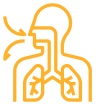
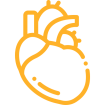
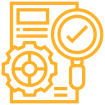
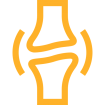
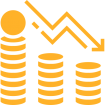
How do we do it?
AIJU provides a service that converts images from medical files from DICOM format to the STL digital model that is suitable for manufacture using the J750 DAP (Digital Anatomy Printer) 3D printer.
We segment and improve the file obtained to adapt it to specific training needs. To this end, AIJU engineers will work closely with biomedical engineers to design and modify the digital file obtained, in order to adjust it to the specific clinical and/or training needs (shape, material, texture, etc.).
We select the most appropriate resins in accordance with the anatomical components to be recreated during the printing process. We obtain the prototypes that are to be studied. We optimise the parameters of the 3D printing process.
We obtain extremely realistic prototypes that are of interest to users due to the fact that they have not been resolved with traditional 3D printing technologies and that they need to improve their texture, dimensional fidelity, level of detail and other parameters that these technologies are supposed to allow.
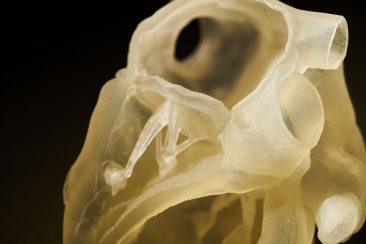
AIJU has been using PolyJet printing technologies for more than 15 years, applying solutions in various industrial sectors. Throughout this time, it has developed models in the field of health, such as dental splints or sections of vertebrae, among others.
As this technology has been updated to allow it to work with new materials, AIJU staff have taken specialist courses related to the medical field. During the period of confinement brought on by COVID-19, it is also in direct contact with numerous hospitals, clusters and ‘maker’ groups to deal with the global pandemic.
